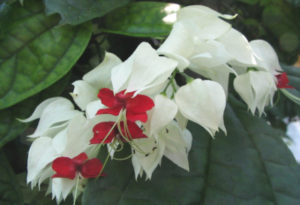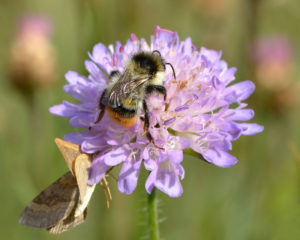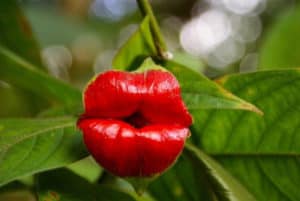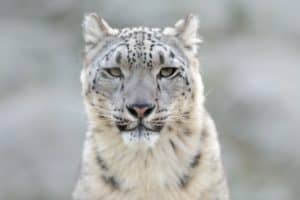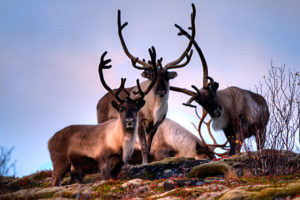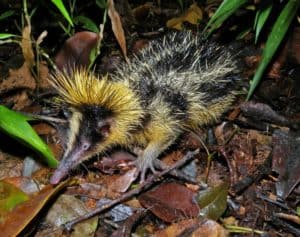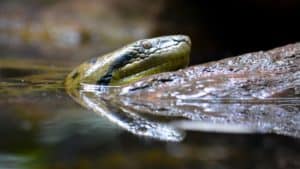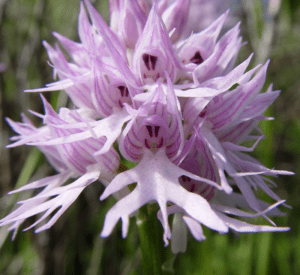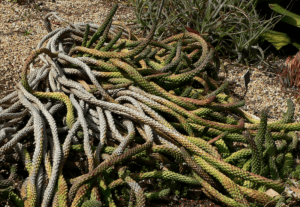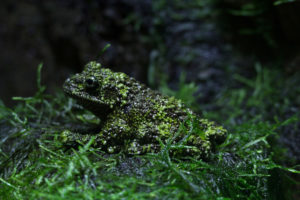Bleeding Heart Vine Facts Related Articles Bleeding Heart Vine Physical Description Don’t let the incredibly fascinating Bleeding Heart Vine beguile you, despite the fact it seems that’s exactly what Nature intended. Despite its simple-seeming appearance, the fabulous Angiosperm holds onto many secrets, much like many species. Some of these may even surprise you. That’s because […]
Shrill Carder Bee
Shrill Carder Bee Facts Related Articles Shrill Carder Bee Physical Description Perhaps the most distinctive fact about the fascinating insect known as the Shrill Carder Bee is its size. Like other bees, it also displays the trait of sexual dimorphism. In its case, though, the difference in size remains comparatively insignificant. Workers reach no more […]
Hooker’s Lips
Hooker’s Lips Facts Related Articles Hooker’s Lips Physical Description Confusingly, the Hooker’s Lips plant technically must be called a tree. The confusion understandably stems from the fact that it forms a very diminutive one. This holds true due to the fact that this most unusual species rarely exceeds 10 ft (3 m) in height. What’s […]
Snow Leopard
Snow Leopard Facts Related Articles Snow Leopard Physical Description Perhaps most notably, the magnificent Snow Leopard differs from related creatures in an unexpected manner. This animal evolved as slightly smaller than other big cats. The body remains stocky in shape, averaging about 50 in (130 cm) in length. It also achieves a usual weight of […]
Reindeer
Reindeer Facts Related Articles Reindeer Physical Description The remarkable Reindeer holds more surprises, in this case in terms of its appearance. That’s because the color of the fur of the mammal varies widely, both in individuals and with the season. This represents yet another uncommon trait that the creature displays. In point of fact, the […]
Lowland Streaked Tenrec
Source: https://bit.ly/2O8Xb0x Photo: Frank Vassen CCL: https://bit.ly/2DuliCV Lowland Streaked Tenrec Facts Related Articles Source: https://bit.ly/2QTIjSq Photo: Frank Vassen CCL: https://bit.ly/2DuliCV Lowland Streaked Tenrec Physical Description Along with its distinctive appearance, the Lowland Streaked Tenrec developed as a comparatively diminutive animal. Adults attain an average length of head and body of about 6.5 in (16.5 cm). […]
Green Anaconda
Source: http://bit.ly/2Qx7WYs Photo: Mithun.M.Das CCL: http://bit.ly/2zBWbKi Green Anaconda Facts Related Articles Source: http://bit.ly/2yXmaLP Photo: Daniel10ortegaven CCL: http://bit.ly/2IjEG4n Green Anaconda Physical Description The incredible Green Anaconda represents a creation of evolution that generally mesmerizes those who encounter it, especially if that meeting occurs out in the wild. That statement holds true for several reasons, though. That’s […]
Naked Man Orchid
Naked Man Orchid Facts Related Articles Naked Man Orchid Physical Description The remarkable Naked Man Orchid rarely fails to capture the attention of those individuals fortunate enough to encounter one of these marvels. This obviously most typically occurs due to the appearance of the aptly-named marvel. Yet, the plant does have other appealing attributes. In […]
Medusas Head
Medusas Head Facts Related Articles Medusas Head Physical Description The impressive stems of the remarkable Medusas Head grow covered with thick, scale-like structures. These incredible features also commonly attain an overall diameter of as much as 3.3 feet (1 m). Small deciduous leaves further typically appear near the ends of each stem. The numerous […]
Vietnamese Mossy Frog
Vietnamese Mossy Frog Facts Related Articles Vietnamese Mossy Frog Physical Description The incredible Vietnamese Mossy Frog attains its relative fame due to characteristics other than its sheer size. Its most notable feature, as the name itself suggests, is the presence of a dense collection of protuberances and tubercules over most of its body. The combined […]
